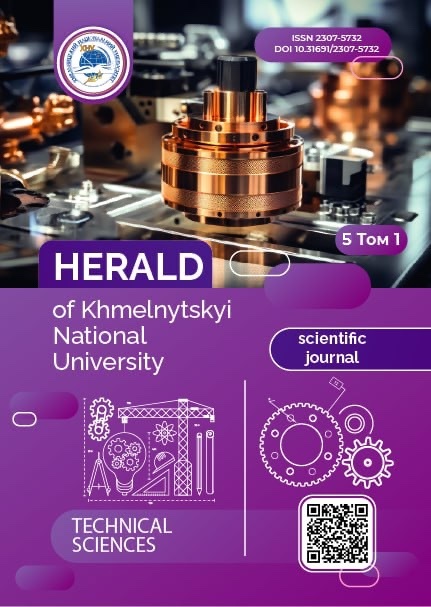ВИБІР ТА ВИПРОБУВАННЯ МЕТОДУ ВІЗУАЛЬНОГО ВІДСТЕЖЕННЯ ОБ’ЄКТІВ ДЛЯ ВБУДОВАНИХ СИСТЕМ
DOI:
https://doi.org/10.31891/2307-5732-2025-357-5Ключові слова:
штучні нейронні мережі, візуальне відстеження обʼєктів, обробка зображеньАнотація
У роботі розглянуто задачу візуального відстеження об’єктів для застосування у вбудованих системах з обмеженими обчислювальними ресурсами. При цьому складність задачі полягає у балансуванні між якістю результатів роботи алгоритму та його обчислювальною ефективністю. На основі аналізу підходів та методів візуального відстеження об’єктів було обрано метод Nanotrack для подальшого дослідження. Проведено ряд експериментів на відкритих наборах даних для аналізу якості роботи алгоритму у різноманітних складних ситуаціях, а також для визначення швидкодії роботи алгоритму на мікрокомʼютері Raspberry Pi. Проведено числову оцінку якості роботи алгоритму на відкритому наборі даних LaSOT для порівняння з альтернативними підходами та визначення перспектив покращення якості роботи методу.
Завантаження
Опубліковано
Номер
Розділ
Ліцензія
Авторське право (c) 2025 КОСТЯНТИН ВЕРГУН, МИКОЛА ДИВАК (Автор)

Ця робота ліцензується відповідно до ліцензії Creative Commons Attribution 4.0 International License.

